WHO’s Top 10 Global Health Threats For The year 2019 – A Must Read
Mankind is currently challenged by infinite health issues globally. World Health Organization – WHO has released a list of Top 10 global health threats for the year 2019 in order to battle with this alarming issue. The list was compiled based on the fact that if these threats are not tackled within the time it could be lethal for mankind.
A five-year strategic plan – the 13th General Programme of Work has been framed by WHO with an aim to protect 3 billion people worldwide this year. The plan includes “ensuring 1 billion more people benefiting from access to universal health coverage, 1 billion more people being protected from health emergencies and 1 billion more people enjoying better health and well-being.”
Have a look at the Top 10 global health threats for the year 2019 which seeks urgent attention:
Table of Contents
Air Pollution and Climate Change
Air pollution was tagged as a “Global Public Health Emergency” by WHO a few years ago. Approximately 7 million people die every year due to air pollution on being exposed to 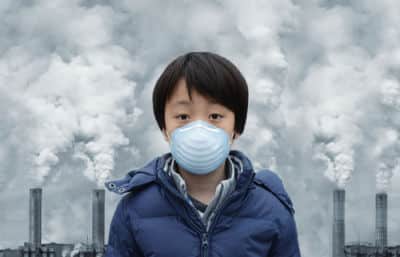
Earlier in Oct 2018, world’s first Global Conference on Air Pollution and Health was held by WHO in Geneva to address environment-related issues. It witnessed participation from Health & environment concerned ministers from all across the globe. UN Climate Summit will be held this year around September with a goal to strengthen climate action and ambition worldwide.
Non-Communicable Diseases
Over 70% of deaths worldwide are caused by Cancer, Diabetes, Heart Disease & chronic respiratory diseases. In other terms, over 41 million people die every year dues to these 
This year WHO plans to meet the target of reducing physical inactivity by 15% by 2030 globally with the help of respective governments.
Global influenza pandemic
Will the world see another deadly influenza pandemic? Yes, we might. The WHO forsee an upcoming influenza pandemic, but is not aware when & how it will strike. But we have to be ready. 153 institutions in 114 countries with WHO are constantly monitoring different 
Flu vaccines are made every year for which WHO advice, which strains should be included. In a scenario of the pandemic due to new flu strains, WHO along with its partnership with major pharma giants will ensure prompt & effective diagnostics & Vaccines, keeping developing counties on the priority list.
Fragile and vulnerable settings
22% of the global population habitat includes areas prone to drought & famine and are devoid of proper & basic health services. One of WHO’s prime focus this year will be to formulate proper health care systems in such areas so that they are prepared in advance to face any kind of health hazards & outbreaks.
Antimicrobial Resistance
Gone by are those days when antibiotics were used to treat a common cold. Antimicrobial Resistances has sent us back to an era when we were unable to treat infections such as pneumonia, tuberculosis, gonorrhea, and salmonellosis.
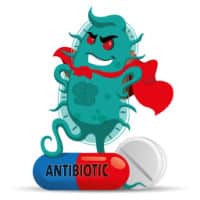
WHO is working in close-knit with organizations in this sector to formulate & implement global action plan to tackle antimicrobial resistance by increasing awareness & spreading out knowledge pertaining to judicious use of antimicrobials.
Ebola and other high-threat pathogens
The Year 2018, saw severe Ebola outbreaks in Congo. It was declared as the second largest in history preceded by the deadly outbreaks in West Africa a few years ago that killed 
In December 2018, Preparedness for Public Health Emergencies conference was held to discuss the challenges faced to tackle outbreaks & health hazards in urban areas. Year 2019 will be desiagnated as “Year of action on preparedness for health emergencies”.
WHO has a list of diseases & pathogens ready which can declare public health emergency globally if gone unchecked. R&D is on priority to formulate treatments & vaccines for diseases namely – Ebola, Zika, SARS, MERS, and other hemorrhagic fevers.
Weak Primary Health Care
An adequate Primary health care system is something which should top Govt’s list of 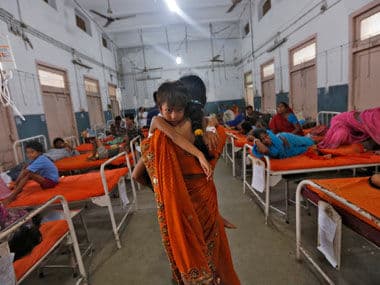
Vaccine Hesitancy
Vaccine hesitancy is a term to define the hesitancy or refusal to get vaccinated. As per WHO it is the most cost-effective method of avoiding numerous deadly diseases, globally 
Two key reasons behind the refusal to vaccines are lack of confidence & inconvenience in accessing vaccines as per reports by a vaccine advisory group to WHO.
WHO further plans to boost up its work to eliminate cervical cancer globally by increasing the reach of HPV vaccines. As per WHO, 2019 also might witness an end to the wild poliovirus in Afghanistan and Pakistan as last year less then 30 cases were reported. WHO pledges to vaccinate each child born this year to eradicate diseases at the ground levels.
Dengue
With a steep rise in the number of dengue cases globally especially in India & Bangladesh, the race for the search of a cure is already on. With flu-like symptoms and a drastically 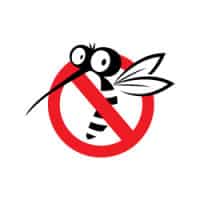
As per stats analysis, approx 40% of the world populations are at the risk of dengue fever with a count of 390 million infections per year. WHO aims to tackle death tolls by Dengue and reduce it to 50% by 2020.
HIV
The research & development sector has shown a commendable amount of progress in terms of finding a treatment for HIV. There has been a rise in the count of people being tested at an early stage and have received antiretrovirals.
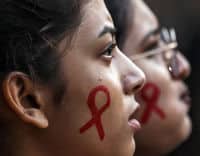
This year, WHO will work with countries to support the introduction of self-testing so that more people living with HIV know their status and can receive treatment (or preventive measures in the case of a negative test result). One activity will be to act on new guidance announced In December 2018, by WHO and the International Labour Organization to support companies and organizations to offer HIV self-tests in the workplace.























I agree with you influenza and increasing pollution is a global threat.